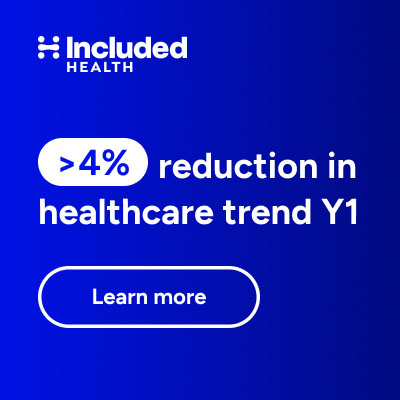
By KIM BELLARD
On the heels of the disastrous floods in Texas, days away from the Hurricane Katrina twenty year anniversary, and with Hurricane Erin almost becoming another Hurricane Sandy, the dedicated employees at FEMA are worried. Very worried. They’ve got a President who repeatedly has called to dismantle the agency, a DHS Secretary who is more interested in photo ops and slow walking expenditure requests, and an acting administrator who has no experience in emergency management. Oh, and they’ve suffered losses of about a third of their workforce.
So some of the more outspoken employees have written a letter. That should do the trick.
The letter, which they call the FEMA Katrina Declaration, was signed by almost two hundred current and past employees (although only three dozen allowed their names to be public). They charge:
Since January 2025, FEMA has been under the leadership of individuals lacking legal qualifications, Senate approval, and the demonstrated background required of a FEMA Administrator. Decisions made by FEMA’s Senior Official Performing the Duties of the Administrator (SOPDA) David Richardson, Former SOPDA Cameron Hamilton, and Secretary of Homeland Security Kristi Noem erode the capacity of FEMA and our State, Local, Tribal, and Territorial (SLTT) partners, hinder the swift execution of our mission, and dismiss experienced staff whose institutional knowledge and relationships are vital to ensure effective emergency management.
The letter goes on to list “Six Statements of Opposition,” calling to reverse various actions the Administration has taken that they believe impairs FEMA’s ability to fulfill its mission. Each seems perfectly reasonable, and none seems likely to result in action, at least unless/until disasters strike enough red states to force action.
FEMA spokesperson Daniel Llargues was not impressed, responding: “It is not surprising that some of the same bureaucrats who presided over decades of inefficiency are now objecting to reform. Change is always hard. It is especially for those invested in the status quo. But our obligation is to survivors, not to protecting broken systems.”
I probably wouldn’t have paid much attention to the letter, except it comes two months after some 90 NIH scientists issued their “Bethesda Declaration” to protest what has been happening to the NIH so far in the Trump Administration. Addressed to Director Jay Bhattacharya, it declared:
For staff across the National Institutes of Health (NIH), we dissent to Administration policies that undermine the NIH mission, waste public resources, and harm the health of Americans and people across the globe. Keeping NIH at the forefront of biomedical research requires our stalwart commitment to continuous improvement. But the life-and-death nature of our work demands that changes be thoughtful and vetted. We are compelled to speak up when our leadership prioritizes political momentum over human safety and faithful stewardship of public resources.
The Declaration lists five categories of cuts the Administration has taken, about which they warn: “Combined, these actions have resulted in an unprecedented reduction in NIH spending that does not reflect efficiency but rather a dramatic reduction in life-saving research.”
Amen to that.
Director Bhattacharya was somewhat more respectful than Mr. Llargues in his response, claiming: “The Bethesda Declaration has some fundamental misconceptions about the policy directions the NIH has taken in recent months, including the continuing support of the NIH for international collaboration. Nevertheless, respectful dissent in science is productive. We all want the NIH to succeed.”
I don’t believe him. This Administration does not recognize any dissent as “respectful.”
Continue reading…








